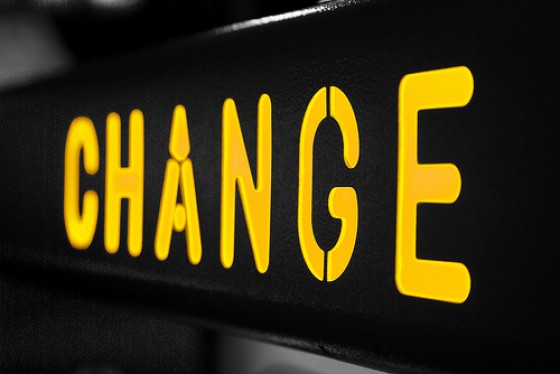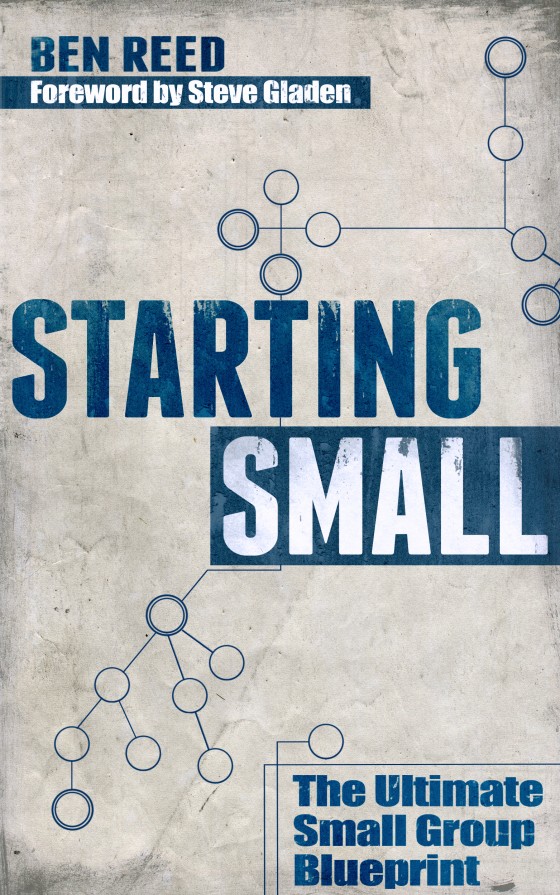Growing up, I played sports a lot, but golf was the game that stuck. On the other side of being able to regularly play competitive sports because of “life,” golf continues to be a sport I’m able to play, and not embarrass myself.
While playing competitively, I took lessons from a handful of coaches over the years, each of whom had their strengths, and taught me a different aspect of the game.
But one thing was constant with each coach and each lesson I took.
After changing my swing, even just a little bit, I always got worse.
Always.
There was never once where my coach would shift my grip, or adjust my posture, or shorten my backswing, where I would go out the next day and fire the round of my life.
Not. Even. Once.
I’d hit one or two good shots. And 75 bad ones.
Then the next round I’d hit 3 or 4 good shots.
Followed by another coaching lesson change.
Followed by a mere 1 or 2 good shots.
Over time, those 75 bad shots became less bad. And the 1 or 2 good shots became 8 or 10.
The positive effects of a swing change were never instantly felt. Even though I was making changes for the better.
Some times, when things got tough and I didn’t want to keep fighting through the difficult change, I’d revert back to old habits. In the heat of the moment, it made things easier. But never did it help in the long run.
If I went back to old habits, it would feel good, but I was no better off.
Organizational change
Organizational change is no different. It’s just on a larger scale. With more zeros on the end.
You know the changes that need to be made in your organization. Changes that will help move things forward. Changes that will open the door for new growth. Changes that will get the right people on your team.
Changes that will help position you for a bigger community impact. Changes that will lead you into the next phase of development.
But when you try to implement those changes, your organization will take a couple of steps backwards before it take steps forward.
My context for organizational change is the local church. Maybe yours is the non-profit board you sit on. Or the company you work for. Or the small group you lead. Or the running club you’ve joined.
When the change process begins, there’s a tension that exists between what “was” and what “could be.”
What “was” represents what
- isn’t that bad
- isn’t completely broken
- is “safe”
- is comfortable
- is known
- is controllable
What “could be” represents what
- is difficult
- is painful
- doesn’t instantly make you feel good
- causes us to swallow our pride
- stretches us
- isn’t controllable
- could fail
- is unknown
But you know what change needs to happen. You see things differently. You see a preferred future, with more growth, more impact, more products (or ideas, depending on your industry), and more lives changed. That’s why you’re there!
Quit complaining about things being tough! Without difficulties, there’d be no need for leadership. And you’d be out of a job. [Tweet that!]
Don’t let the regressive, two-step backwards process of change keep you from moving forward. Going back to old habits, to what feels comfortable and easy and well-worn, isn’t what’s good for you and your organization. Even though it’s more comfortable at the time.
Aim for what could be, and don’t stop until you get there. [Tweet that!]
Even if you get burned. Even if you fail. Even if it’s difficult. And trust me…it will be.
If you give up on the first few steps backwards, you’ll never realize the growth that change can bring. [Tweet that!]
Don’t give up and be helpless in times of trouble. – Proverbs 24:10


